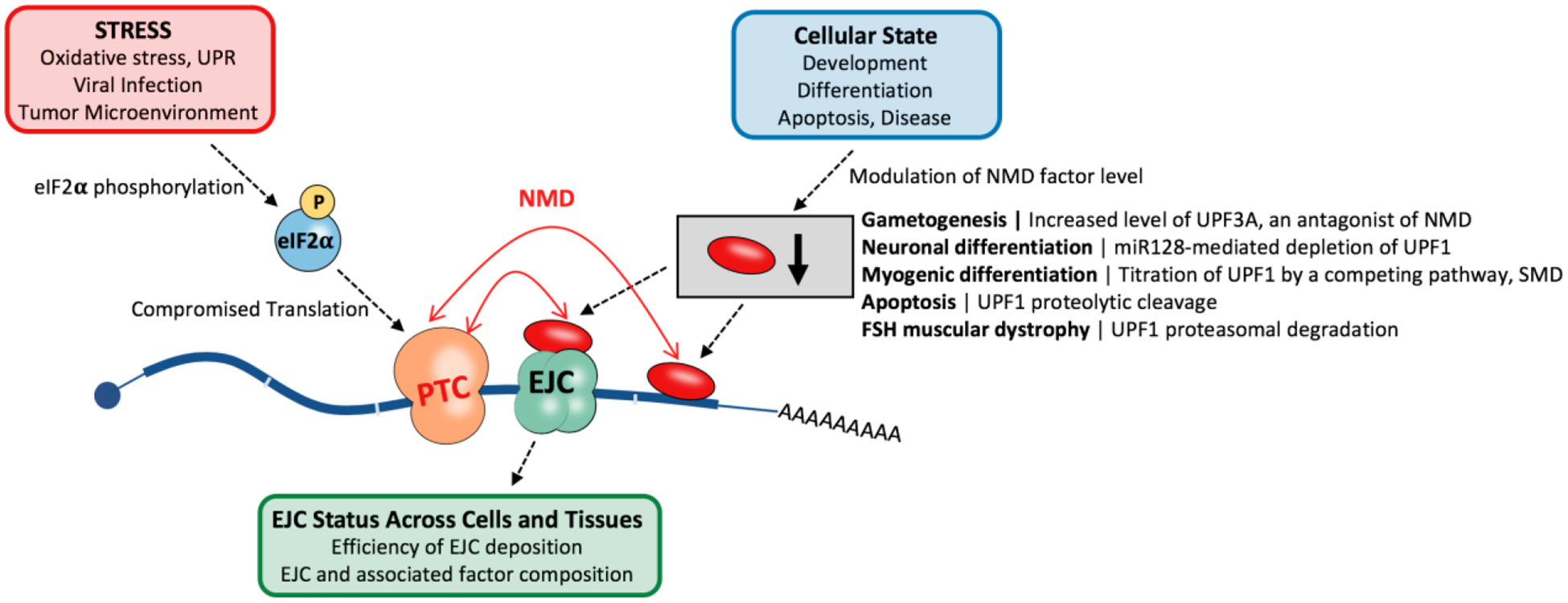Figure 3. Cellular contexts that induce variability in NMD.

A) Cell stresses including oxidative stress, unfolded protein response (UPR), viral infection and the tumor microenvironment can induce phosphorylation of the translation initiation factor, eIF2α, and lead to translation attenuation and consequently, NMD inhibition. B) Variability in the level of EJC and associated factors as well as the efficiency of EJC deposition can vary NMD. C) Cellular states such precursor versus differentiated cells, cells undergoing apoptosis, and cells derived from disease states (e.g. FSHD) show characteristic modulation of NMD factor levels that allows variation in NMD efficiency. Red oval represents NMD-associated factors
